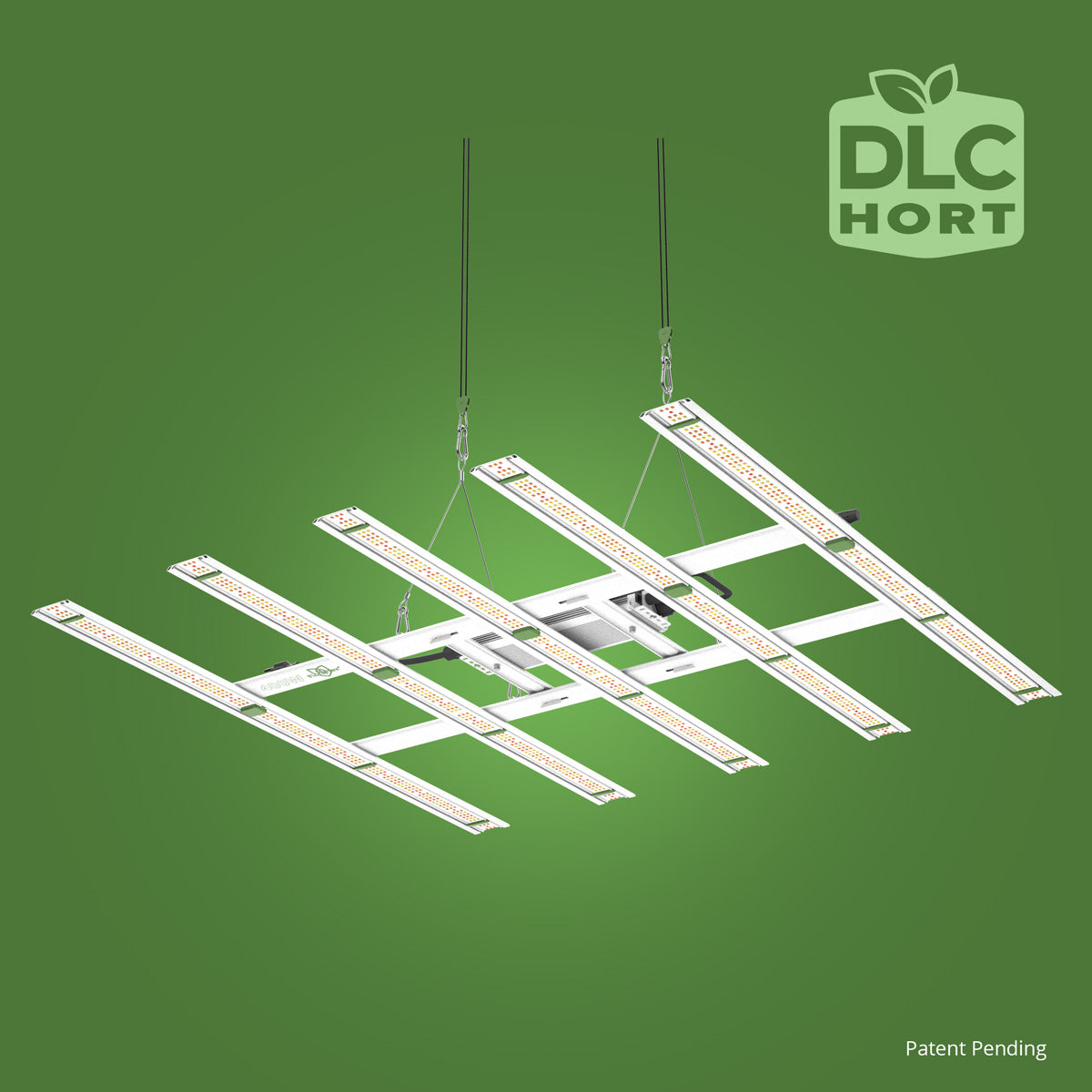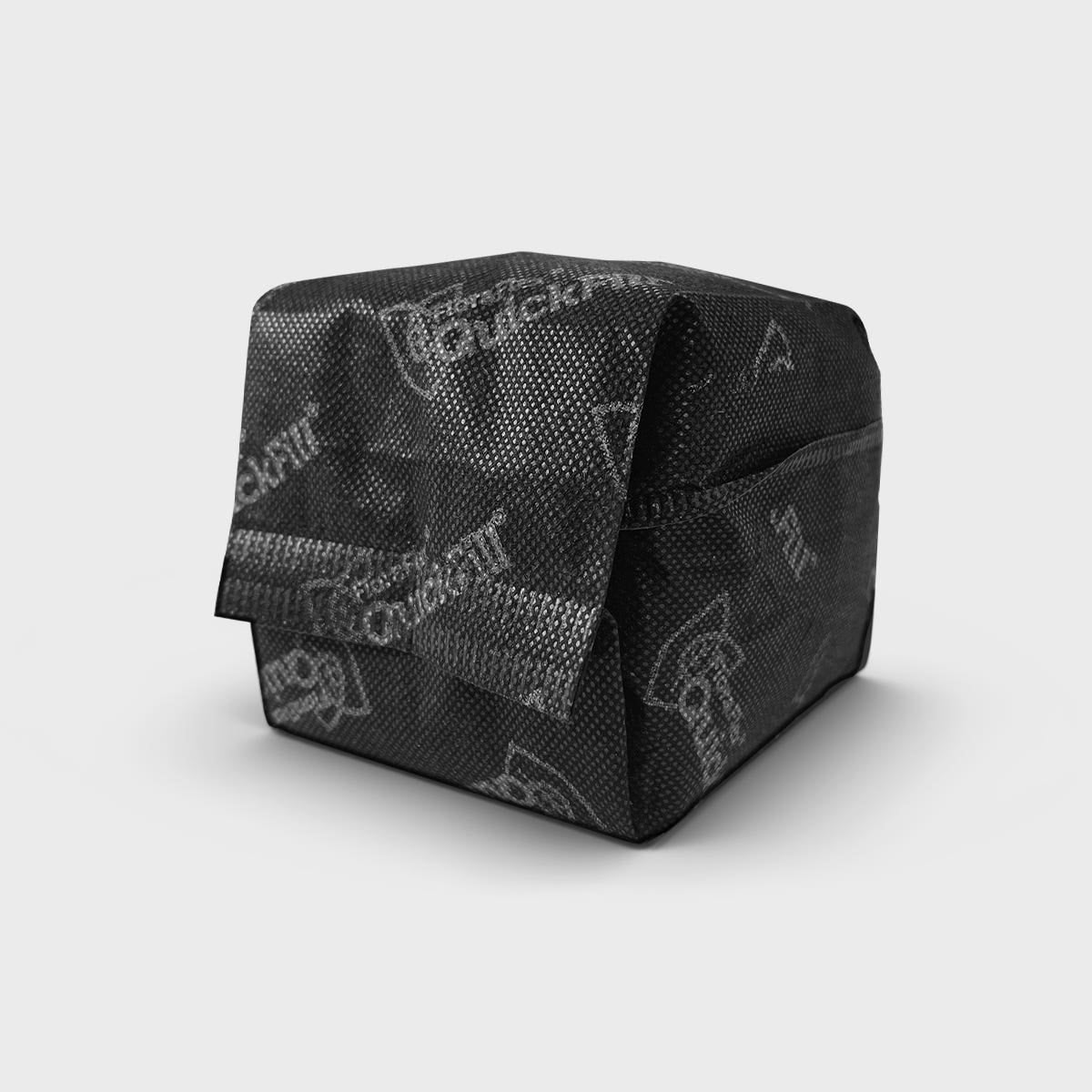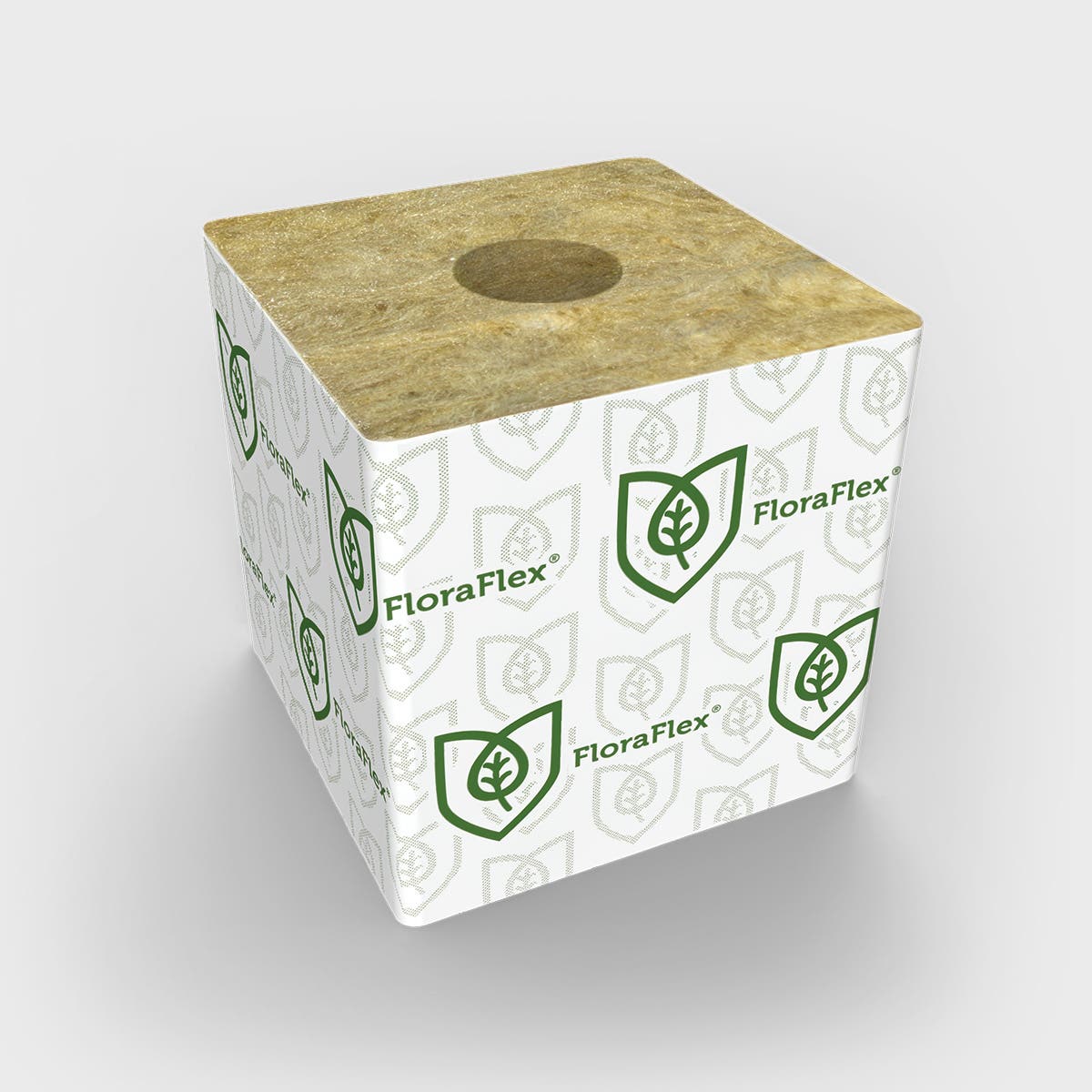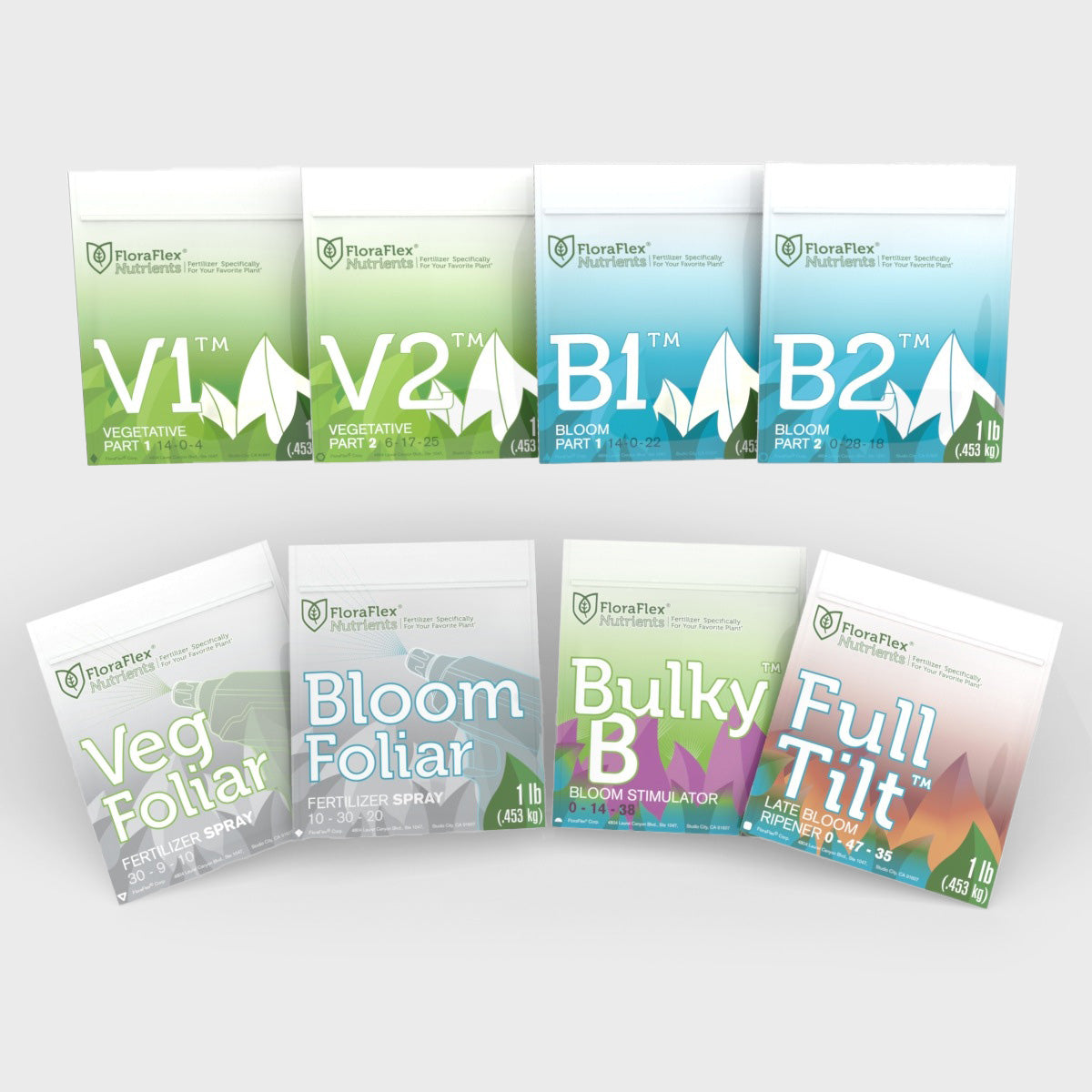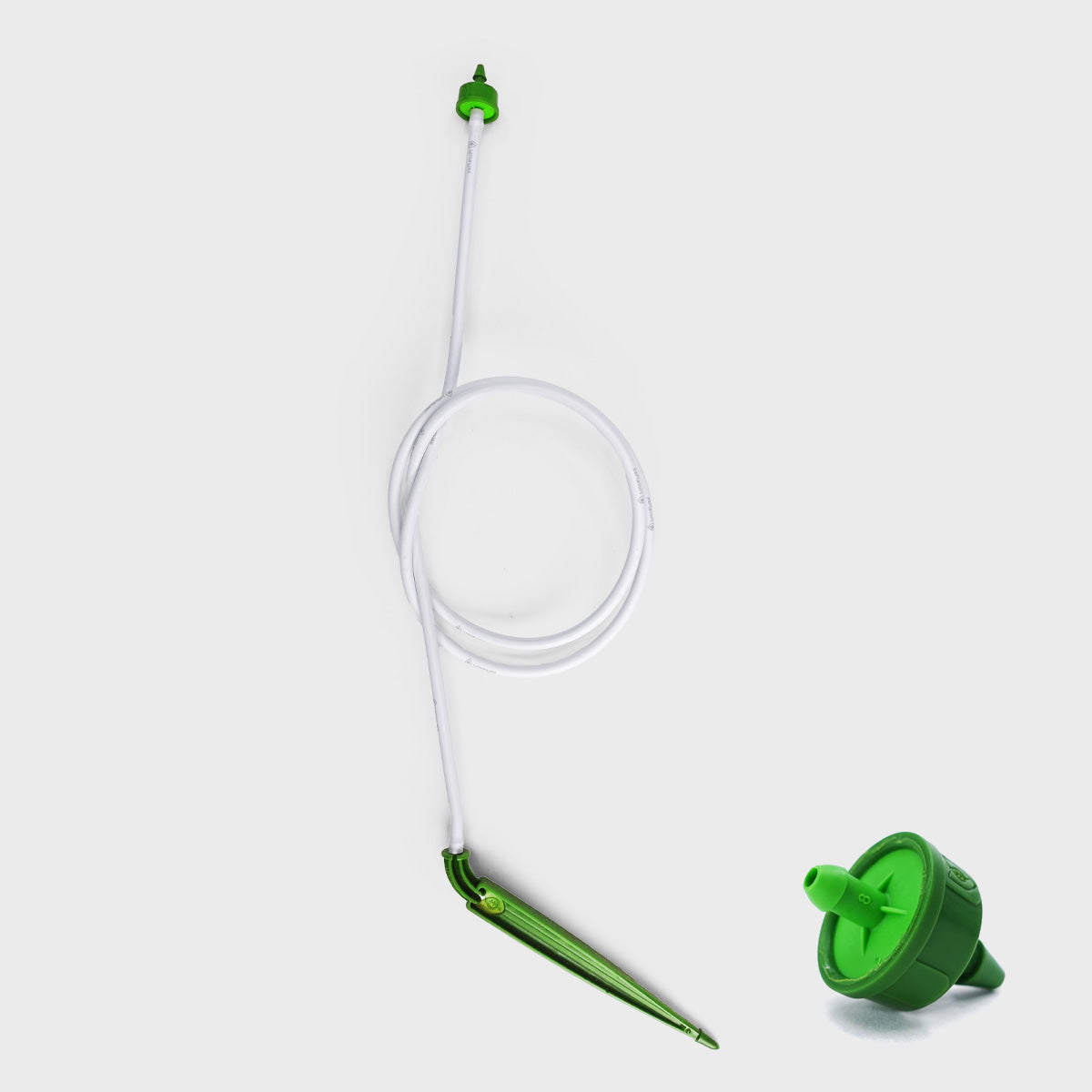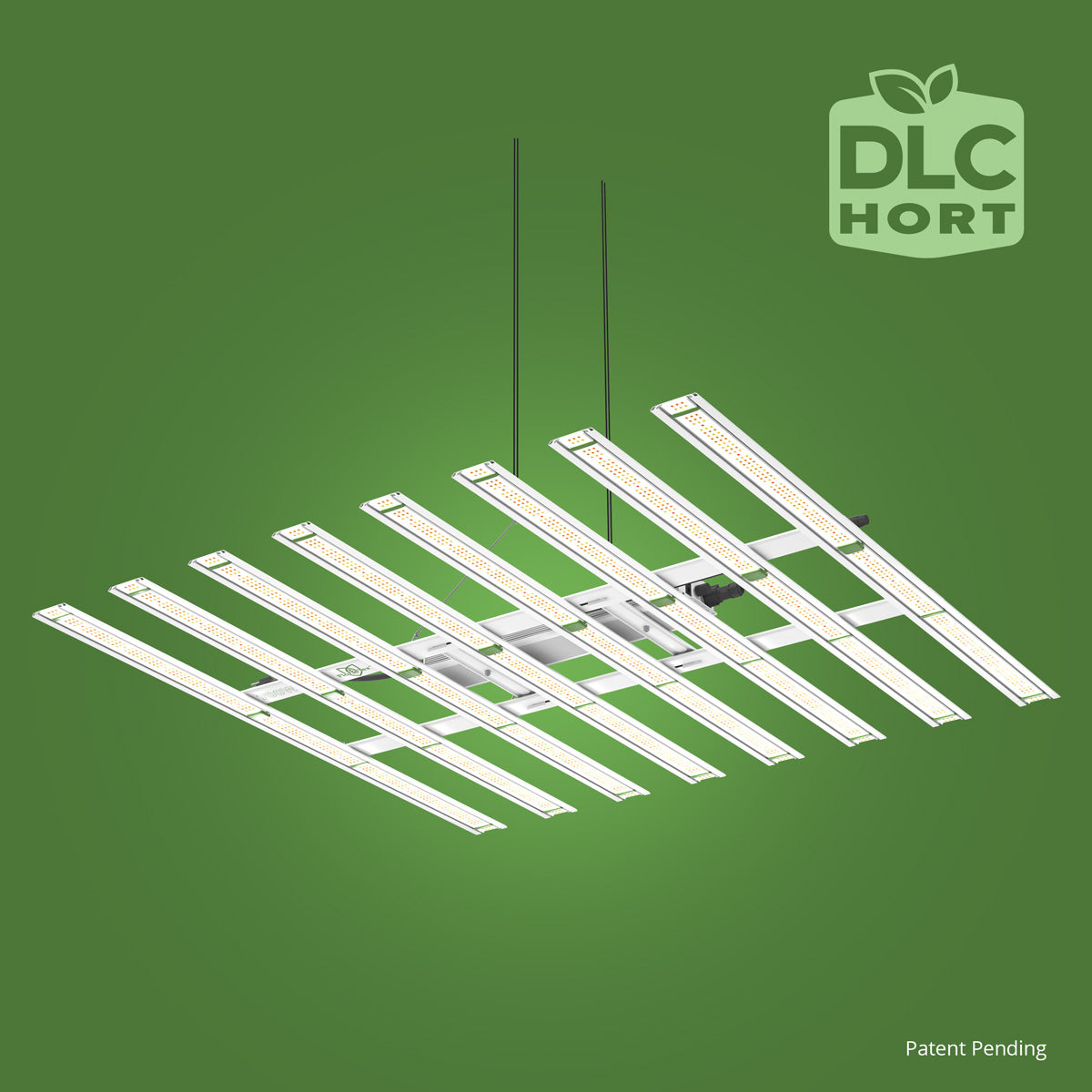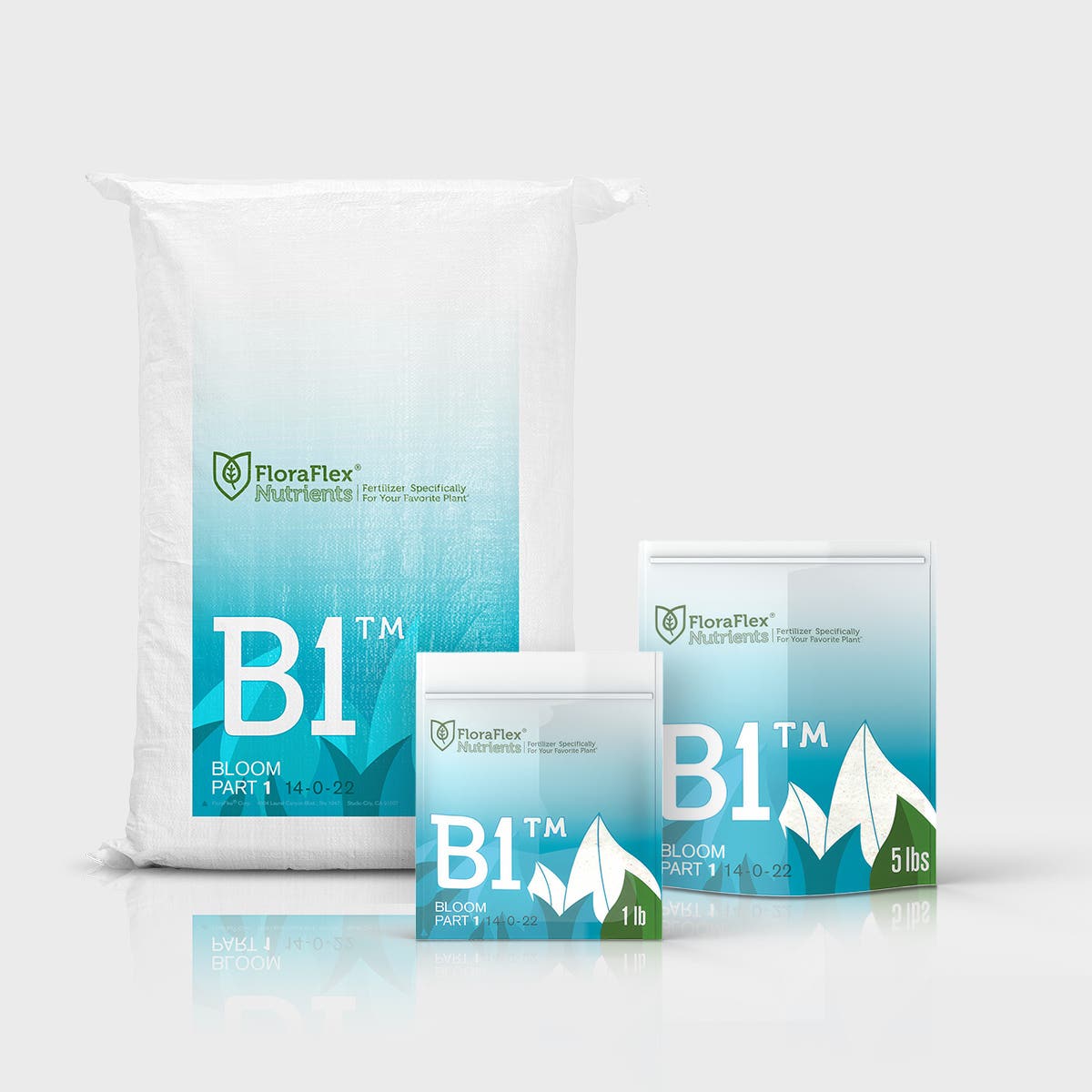Having a garden is a joy that offers both a recreational outlet and a way to beautify your surroundings. However, one common problem many gardeners face is poor soil drainage. Compacted or clay-heavy soils can lead to waterlogged plants, which subsequently damages root systems, leading to reduced plant health and even death. Thankfully, improving drainage in your garden is achievable with some effective DIY techniques. Let’s explore how you can enhance the drainage to keep your garden thriving.
1. Understand Your Soil Type
Before choosing a drainage improvement strategy, it's crucial to understand your soil composition. Although clay soils are notorious for poor drainage, sandy soils can also hold water if compacted. Conduct a simple soil drainage test by digging a hole about 12 inches deep, filling it with water, and timing how long it takes to drain. This will help determine the severity of the drainage issue.
2. Amend the Soil
One of the easiest ways to improve drainage is by amending the soil. Adding organic matter such as compost, leaf mold, or well-rotted manure can substantially improve the texture and water-retaining capacity of your soil. These amendments not only aerate the soil but also facilitate better root growth.
3. Build Raised Beds
Creating raised beds provides several benefits, including improved drainage. By elevating the planting area, water drains away more easily. Ensure the raised beds have a depth of at least 12 inches and use a soil mixture that includes plenty of organic matter.
4. Utilize Soil Aeration
A crucial yet often neglected technique is soil aeration. Compacted soil resists water penetration, but aerating the soil at regular intervals can solve this problem. Aeration can be done manually using a garden fork or by using specialized tools for larger areas. An often-overlooked tool for this is the 1.5L Pump Sprayer from FloraFlex. While primarily used for spraying applications, it can help with targeted soil wetting before aeration, ensuring easier penetration and improved drainage.
5. Create a French Drain
For persistent drainage issues, consider installing a French drain. This inexpensive solution involves digging a trench, lining it with gravel, and installing a perforated pipe to direct water away from the garden. It's an effective method for dealing with heavy rain or runoff.
6. Plant the Right Vegetation
Certain plants can help manage excess water. Incorporate moisture-loving plants such as ferns, willow shrubs, or daylilies to naturally manage water levels in areas prone to waterlogging. These plants not only help direct excess water but also enhance the aesthetic appeal of your garden.
Conclusion
Improving your garden's drainage doesn't have to be a daunting task. With these simple DIY techniques, you can foster a healthier garden ecosystem capable of supporting vibrant plant life. Remember, the key is understanding your soil and implementing strategies that align with your garden's specific needs.
Visit FloraFlex for a range of gardening tools and tips to help elevate your gardening experience.
By following these guidelines, you'll be well on your way to cultivating a lush and thriving garden, even in the face of drainage challenges.


